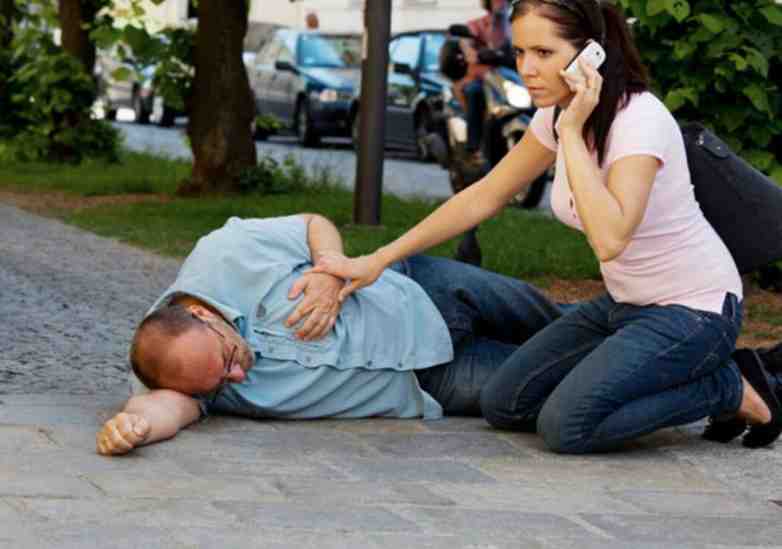Sudden Cardiac Arrest: Warning Signs, Risk Factors; Simple Steps To Save A Life

New Delhi: Sudden cardiac arrest is often confused with a heart attack and many people still do not know the difference between these two distinct conditions. People generally used these terms interchangeably, although they are not the same.
Cardiac arrest vs heart attack – how are they different?
A cardiac arrest is sudden, unexpected and occurs when your heart stops pumping blood around your body. A heart attack occurs when blood flow to the heart is blocked.
Sudden cardiac arrest is a medical emergency and causes sudden cardiac death, if not treated immediately. Sudden cardiac arrest is more dangerous than a heart attack. But a heart attack can sometimes trigger an electrical disturbance that leads to sudden cardiac arrest.
If someone has suddenly collapsed, is not breathing normally and is unresponsive, they are in a cardiac arrest.
Signs and symptoms of a cardiac arrest
Cardiac arrest strikes immediately without warning, So, symptoms are immediate and include loss of consciousness, no heartbeat or pulse. However, sometimes signs and symptoms may precede sudden cardiac arrest – fatigue, fainting, dizziness, chest pain, blackouts, shortness of breath, palpitations, vomiting, etc.
You should see a doctor promptly if you have frequent episodes of chest pain or discomfort, palpitations, shortness of breath, unexplained wheezing or anything that is unusual and bothering you.
Causes and risk factors of sudden cardiac arrest
Sudden cardiac arrest is usually triggered by an electrical malfunction in the heart that causes an irregular heartbeat (arrhythmia). Other problems with the heart’s electrical system and certain diseases and conditions that cause the electrical problems can lead to sudden cardiac arrest.
Also, there are many risk factors that increase your chance of sudden cardiac arrest. They are-
- High blood pressure
- High blood cholesterol
- Diabetes
- Obesity
- A sedentary lifestyle
- Smoking
- Drinking too much alcohol
- A family history of coronary artery disease
- Age - you are more likely to have a cardiac arrest as you grow older
- Gender - men are two to three times more likely to experience sudden cardiac arrest
Nutritional imbalances such as a deficiency in potassium and magnesium can increase your risk of a cardiac arrest.
What to do if you see someone having a cardiac arrest
If you witness someone having a cardiac arrest, there is no time to lose. Even if you’re untrained, your actions might help increase the person’s chances of survival. Call the emergency number immediately.
Perform cardiopulmonary resuscitation (CPR) – even if you haven’t been trained in CPR with breathing or you are not completely confident, experts suggest you can still attempt hands-only CPR.
CPR is an emergency procedure that involves giving chest compression (pumping the heart by external cardiac massage) to keep the circulation going until the ambulance arrives with rescue breaths (inflating the lungs by using mouth-to-mouth resuscitation).
On the other hand, hands-only CPR is CPR without mouth-to-mouth breaths. This procedure consists of two easy steps:
- Call the emergency number or send someone to do that
- Push hard and fast in the centre of the chest – about two times a second. Keep doing this until the ambulance arrives.
Hands-only CPR is recommended for use by people who witness a teen or adult suddenly collapse in an 'out-of-hospital' setting such as work place, home, etc.
Story Credit: http://www.timesnownews.com/health/article/sudden-cardiac-arrest-warning-signs-risk-factors-simple-steps-to-save-a-life/90772


